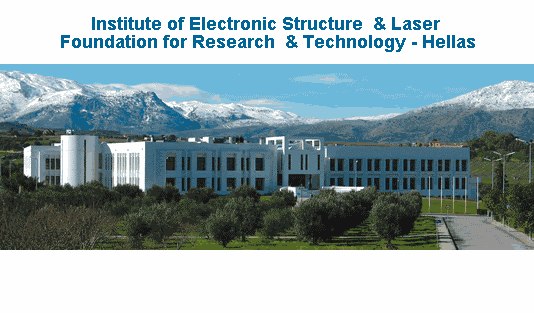ULF-FORTH (Heraklion, Greece)
Research highlights
ULF-FORTH
Ultraviolet Laser Facility, Foundation for Research
and Technology-Hellas, Greece (ULF-FORTH),
Heraklion, Crete, Greece
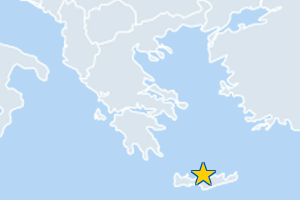
https://www.iesl.forth.gr/en/laserlab-europe
Contact: Dr. P. Loukakos
Materials Sciences
Project ID 2658: In this project, it is shown that good quality surfaces revealing a high uniformity and absence of cracks, can be obtained by means of ultrashort PLD technique. The most worth mentioning aspect is the strong film adhesion to the substrate although have been deposited at room temperature. These results confirm, once again, that PLD technique in ps and sub-ps domains is a reliable and reproducible method for the fabrication of thick boron coatings suitable for neutron detection technology [Materials, 16 1512 (2023)].
Advanced imaging and diagnostic techniques for Art & Cultural Heritage
Project ID 2663: In this work a new reflectance set-up configuration extended the applicability of the photoacoustic (PA) imaging technique to art objects of any thickness and form. The study uncovers the advanced potential of the PA approach for revealing hidden features, and is safely applicable for future real-case studies [Imaging 8, 235 (2022)].
Plasma Physics & applications to astrophysics and planetology
Project ID 2407: Carbon-Based Nanostructured Film Materials for High-Intense Laser-Matter Interaction Experiments [Adv. Eng. Mater. 2019, 1800777 (2018)].
Condensed Matter Physics, Ultrafast Nanoscience
Project ID 2258: In this work laser-based surface patterning of rutile TiO2 monocrystals with (001) and (100) surface orientation is investigated following irradiation by a fs KrF laser with variable fluences and multiple linearly polarized beams. The obtained morphological maps of the characteristic surface morphologies revealed the significant influence of the crystalline anisotropy on the laser-surface interaction process. [J. Opt. Soc. Am. B 35, 2600 (2018)].
Atomic & Molecular Physics
Project ID 2697: We report chirality detection of structural isomers in a gas phase mixture using nanosecond photoelectron circular dichroism (PECD). Combining pulsed molecular beams with high-resolution resonance enhanced multi-photon ionization (REMPI) allows specific isolated transitions belonging to distinct components in the mixture to be targeted [Phys. Chem. Chem. Phys. 24, 2758 (2022)].
Projects performed by external users >>
Further application highlights
Lasers and Cancer Lasers for Clean Energy Lasers for Cultural Heritage
Expertise
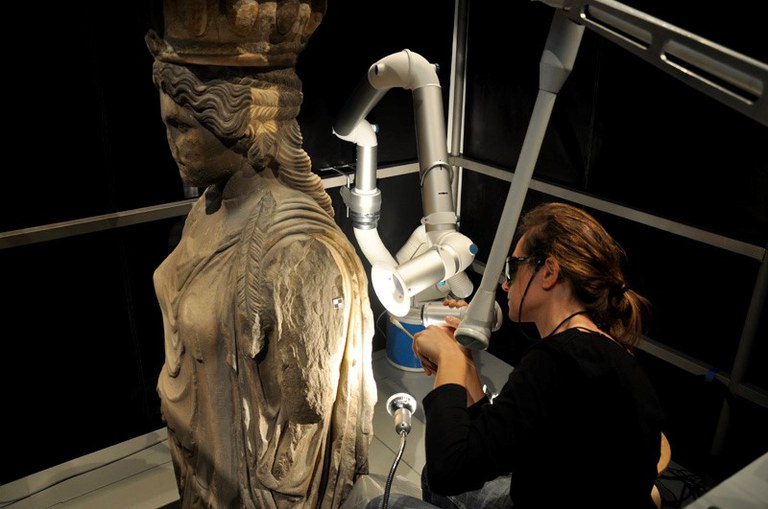
Scientists at ULF-FORTH produce internationally recognized cutting-edge work in diverse fields such as Strong Field Physics, including Attosecond Science and Ultrashort Non-linear Interactions and Sources; Dynamic Processes in Atoms, Molecules and Materials including Polarization Spectroscopy, BEC & Matter Waves, Chemical dynamics, Cluster Physics & chemistry; Theoretical Atomic, Molecular & Optical Physics including Theoretical Quantum Optics & Technology, Theoretical Plasma Physics, Theoretical & Computational Chemistry; Photon Science Applications including Photonic Materials & Devices, Nonlinear Lithography, Ultra-fast Laser Micro- & Nano- Processing, Diagnostic Methodologies & Instrumentation including ultrafast nonlinear laser-matter probing, analytical spectroscopy and optosensing techniques, Photonics for Cultural Heritage, Biophotonics.
A few highlights which have emerged as results of research at our facility are:
- Generation of optical Schrödinger “cat” states in intense laser-matter interactions, M. Lewenstein et al., Nature Physics 17, 1104 (2021)
- Vacancy-Driven Noncubic Local Structure and Magnetic Anisotropy Tailoring in FexO−Fe3−δO4 Nanocrystals, A. Lappas et al., Phys. Rev. X 9, 041044 (2019)
- Hypersonic Bose–Einstein condensates in accelerator rings, S. Pandey et al., Nature 570, 205 (2019)
- Additive Manufacturing: Applications and Directions in Photonics and Optoelectronics., A. Camposeo et al., Advanced Optical Materials 7, 1800419 (2019)
- Observation of extremely efficient terahertz generation from mid-infrared two-color laser filaments, A. D. Koulouklidis et al., Nature Communications, 11, 292, (2020)
As a consequence of its ongoing high quality research output, ULF-FORTH has been designated by several EC technical reviews, as well as independent evaluation panels, as an “excellent scientific environment for research work”. ULF-FORTH is an integral part of IESL which was awarded the mark 5.0/5.0 (“excellent”) and ranked as the top Institute in the Greek Research Community in the domain of Physics, by independent external panel of expert Reviewers.
Expertise in recyclable materials
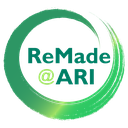 IESL-FORTH offers expertise, workstations and know-how in the following research themes which can be utilized by users to perform research pertinent to recyclable materials and circular economy: Processing of solid and condensed phase materials (metals semiconductors, dielectrics) at the micro and the nanoscale in two and three dimensions (bulk processing of transparent materials), additive manufacturing including 3D printing and photochemical modification; time-resolved spectroscopy with ps and fs temporal resolution from the visible and near-visible optical spectrum to the THz domain; micro-absorption/PL spectroscopy at temperatures ranging from 4 K to 380 K; laboratory and mobile spectrochemical tools for materials analysis and environmental or process monitoring.
IESL-FORTH offers expertise, workstations and know-how in the following research themes which can be utilized by users to perform research pertinent to recyclable materials and circular economy: Processing of solid and condensed phase materials (metals semiconductors, dielectrics) at the micro and the nanoscale in two and three dimensions (bulk processing of transparent materials), additive manufacturing including 3D printing and photochemical modification; time-resolved spectroscopy with ps and fs temporal resolution from the visible and near-visible optical spectrum to the THz domain; micro-absorption/PL spectroscopy at temperatures ranging from 4 K to 380 K; laboratory and mobile spectrochemical tools for materials analysis and environmental or process monitoring.
Equipment offered to external users
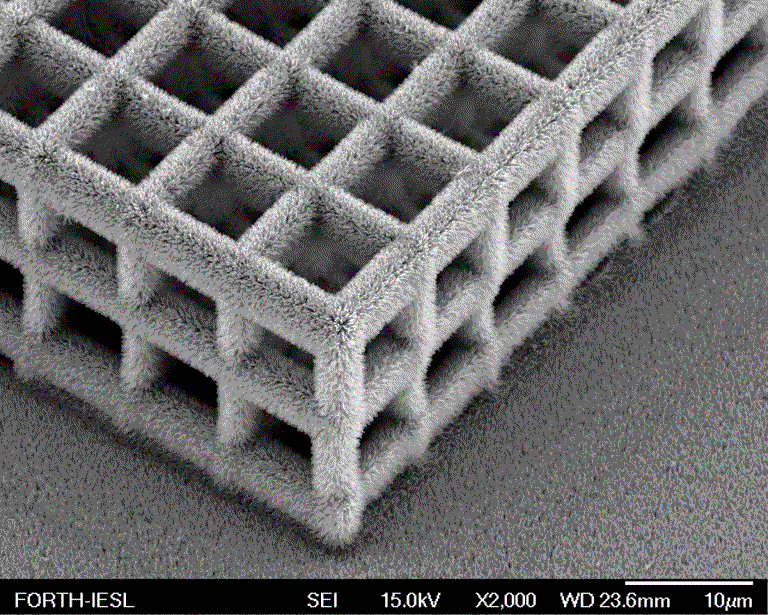
The major laser systems at ULF-FORTH include: a) several Ti:Sa lasers with pulse duration down to >20 fs and energy <500 mJ/pulse at 10 Hz and 50 Hz. The Attosecond Science unit provides to Users energetic isolated or trains of attosecond pulses. The beam line makes available non linear XUV autocorrelators and XUV-pump-XUV-probe delay lines as well as IR-XUV cross-correlators and delay lines. Ion mass, photoelectron and ion microscope with 1μm resolution, XUV flat field spectrometer and other diagnostic facilities are also offered. Tunable XUV radiation is in the range (55-115 nm; 105-1011 photons/pulse per harmonic on target). Secondary ultra-short sources in the UV-NIR as well as an intense THz source (0.1-10 THz, with peak power allowing nonlinear studies) are also available; b) a high-intensity excimer-based laser at 248 nm, with variable pulse duration (150 fs, 450 fs or 5 ps) and focused intensities <1016 W/cm2; c) a complete range of tuneable Vis-UV-VUV lasers (205–1800 nm; 5-20 ns), a White-light (500-2000nm, 100MHz rep. rate, few μJ/pulse, <1ns) laser and CW diode lasers (402nm, 795nm, 1300-1340nm, linewidth <1MHz), all coupled to experimental workstations for atomic and molecular spectroscopy and chemical dynamics; d) several compact fs and ps laser systems in workstations for micro/nano processing and photochemical modification; Large-area processing of optoelectronics devices in controlled atmosphere; pump-probe (UV-VIS-nIR-white light, fs-ps) time-resolved spectroscopy; 3D printing applications as in micro-optical components, microfluidic devices; 3D scaffolds for cell growth, micro/nanosensors, nanophotonics and metamaterials; Biophotonics stations integrating Live cell Microscopy + Non-linear Imaging + Cellular manipulation + Bioprinting; Nonlinear Bio-medical imaging and nanosurgery; a range of confocal microscopy stations for live cell imaging; multispectral Fluorescence Molecular Tomography for spatio-temporal gene expression; Micro-Absorption/Photoluminenscence spectroscopy (4K-380K); Optical fibre components manufacturing; Photoacoustic imaging and monitoring among others. Additional characterization facilities include SQUID Magnetometry (DC & AC f= 0.01 - 1000 Hz, <7 Tesla, (1.9–400)K and (300-800)K), XRD, TEM/SEM among others.
Other Information
Since 1990, ULF-FORTH has been operating as a European Research Infrastructure, and has been very active in Transnational Access (over 450 Users from the EU and Associated Member States, over 3000 days of beam time, around 320 research projects and hosts circa 50 external Users per year). It has been among the initiators of the LIMANS cluster of laser facilities, the LASERNET network and LASERLAB EUROPE. The host institution also participates in other I3 projects EUSMI and CHARISMA, the ESFRI initiative ELI, ACTAPHAST 4.0, IPERION-CH/MOLAB and NFFA.


